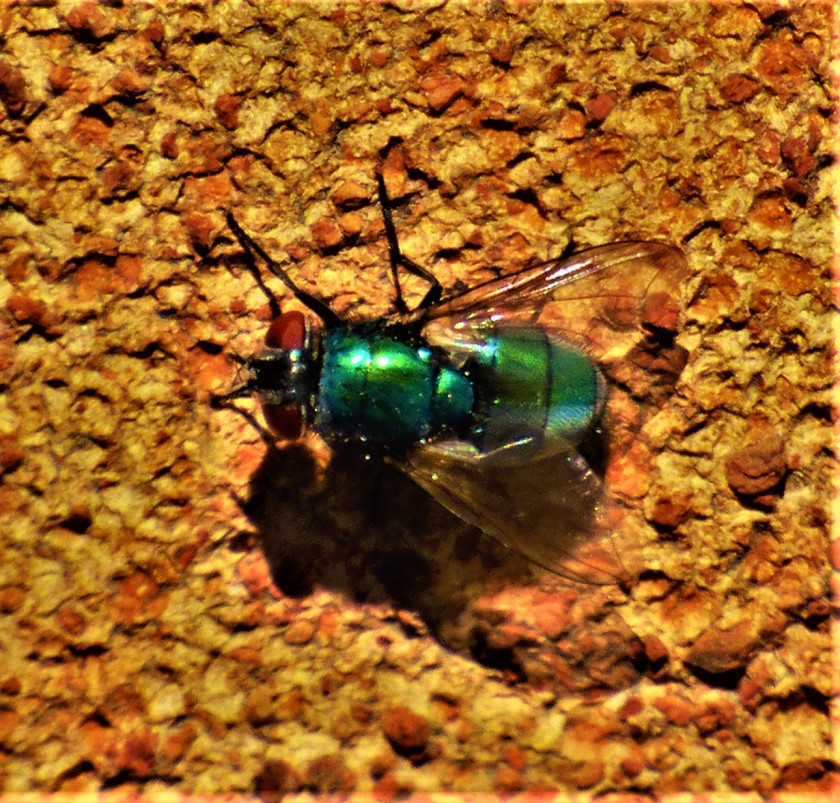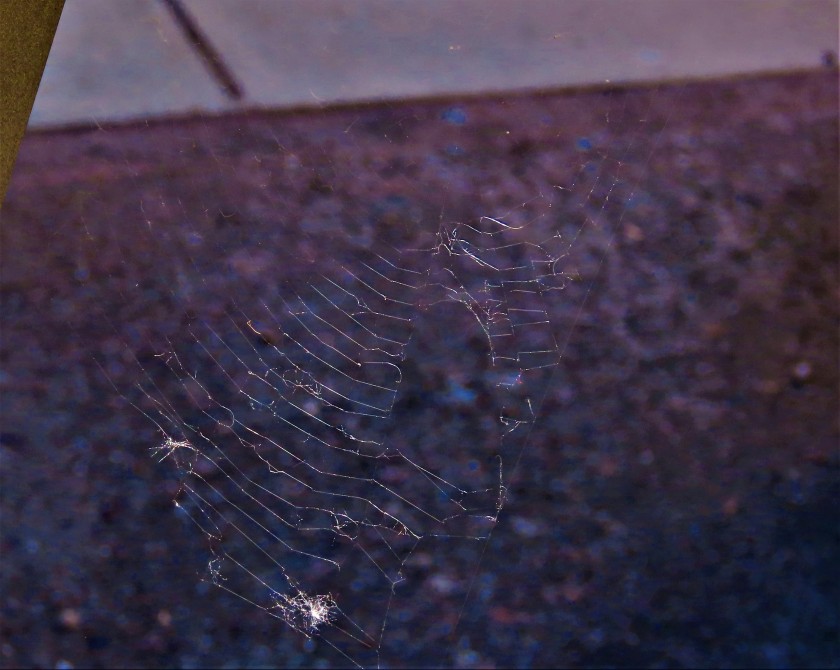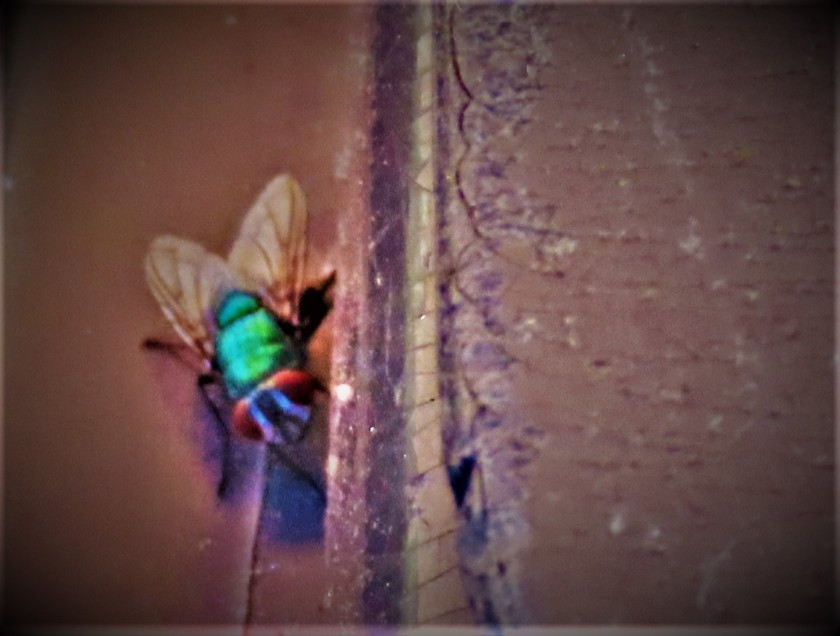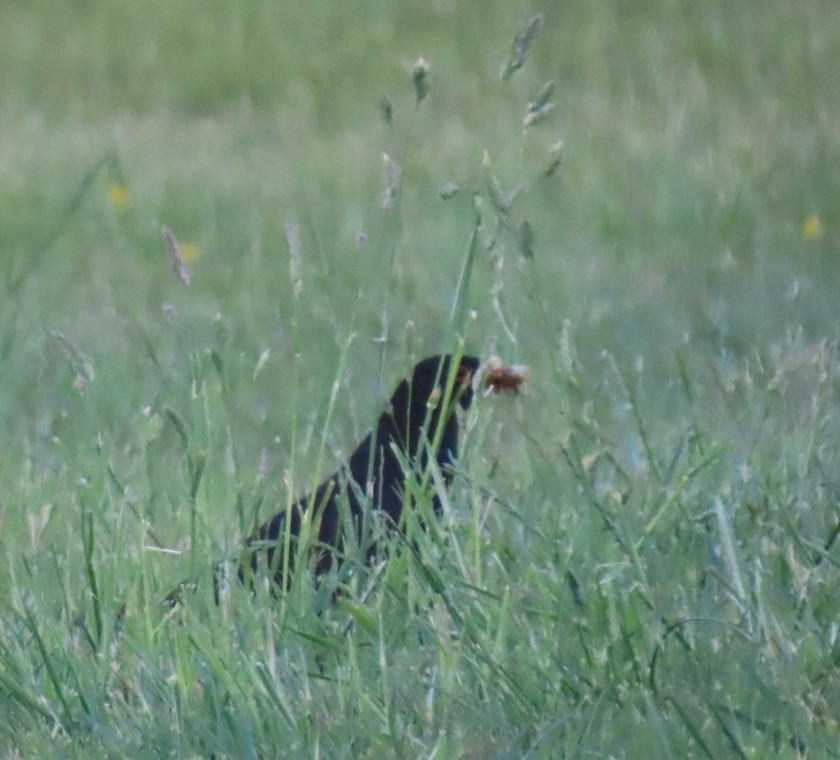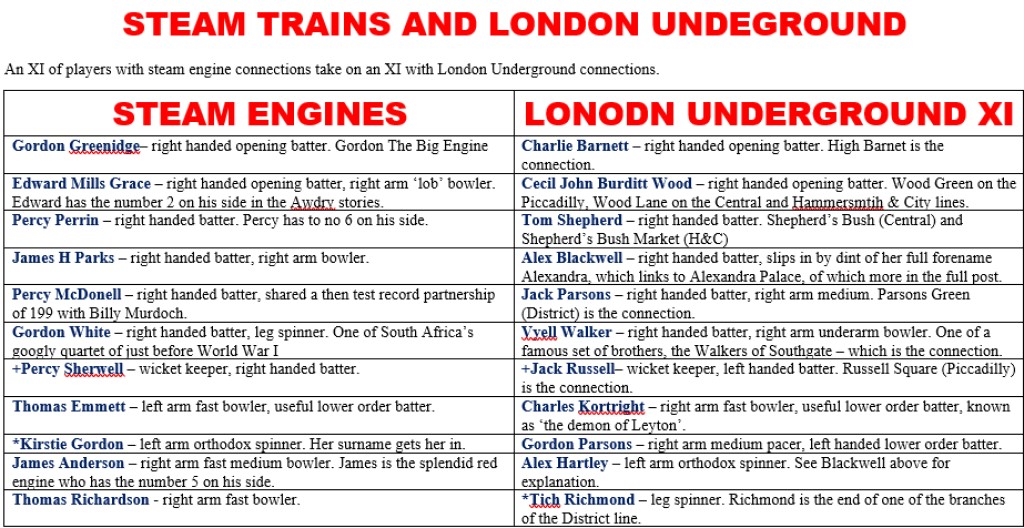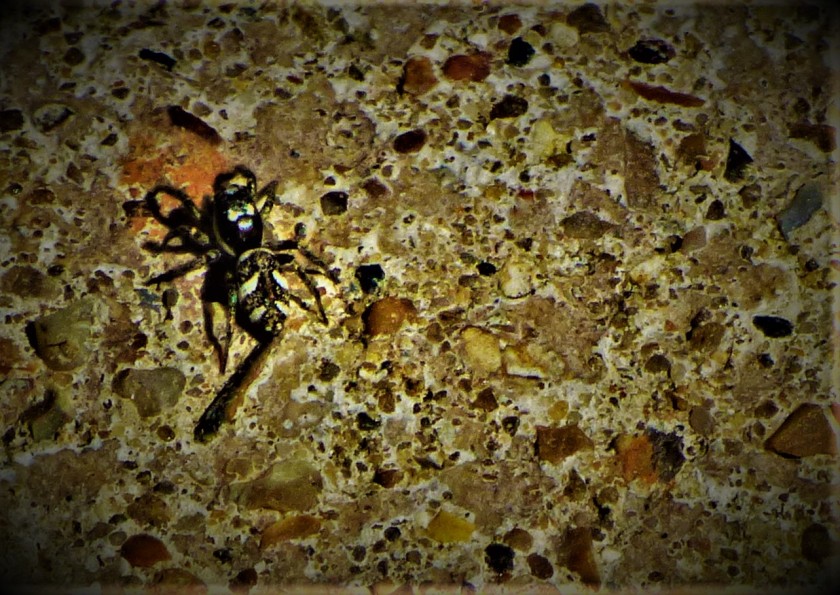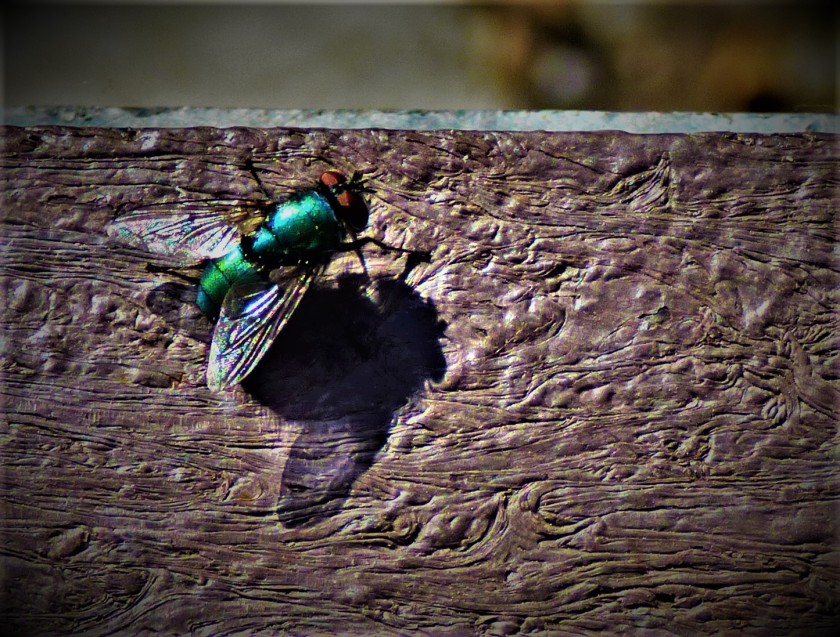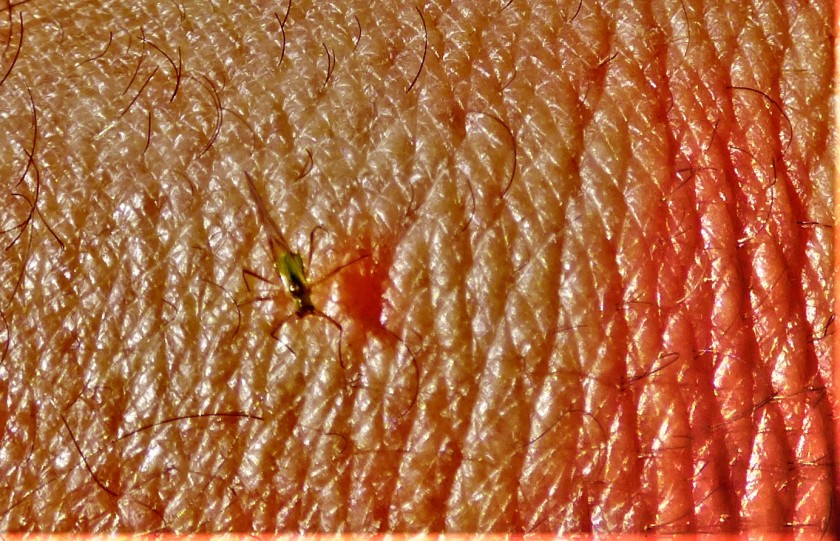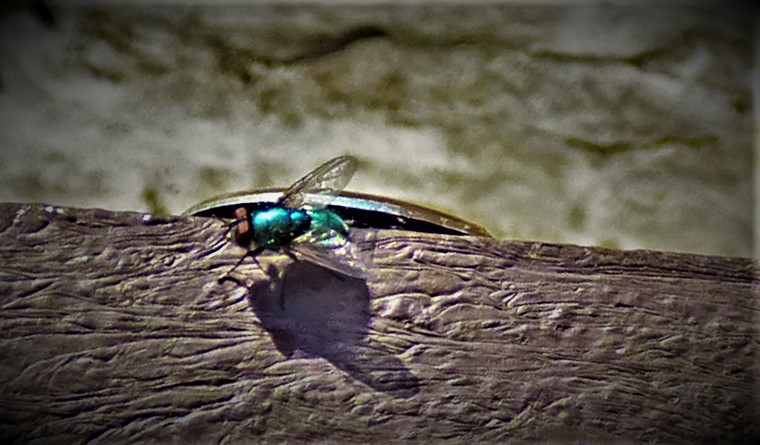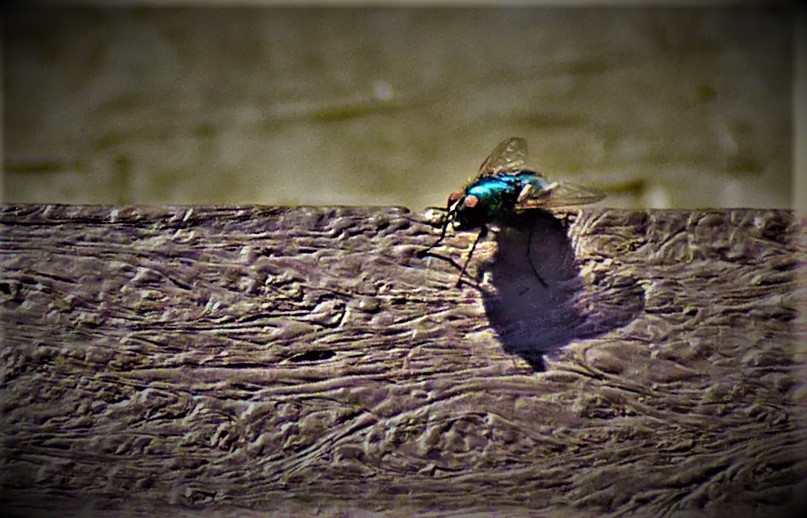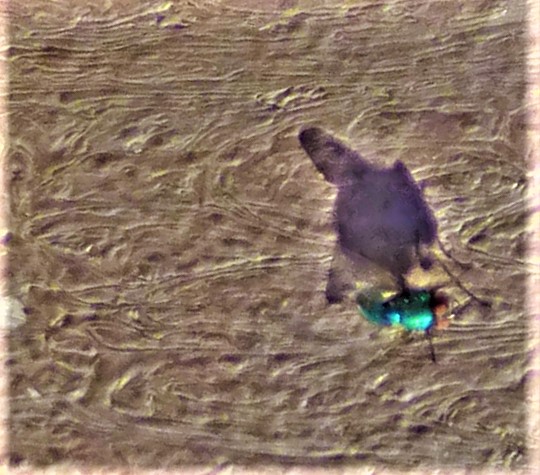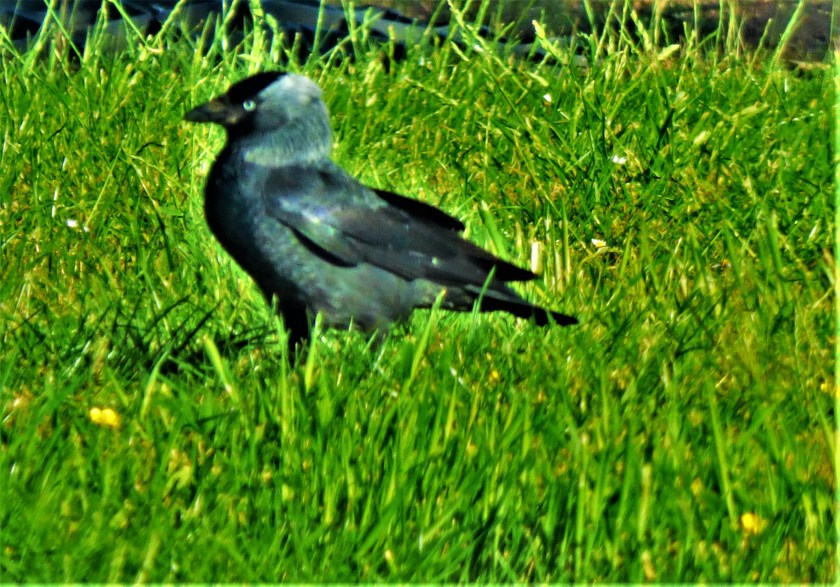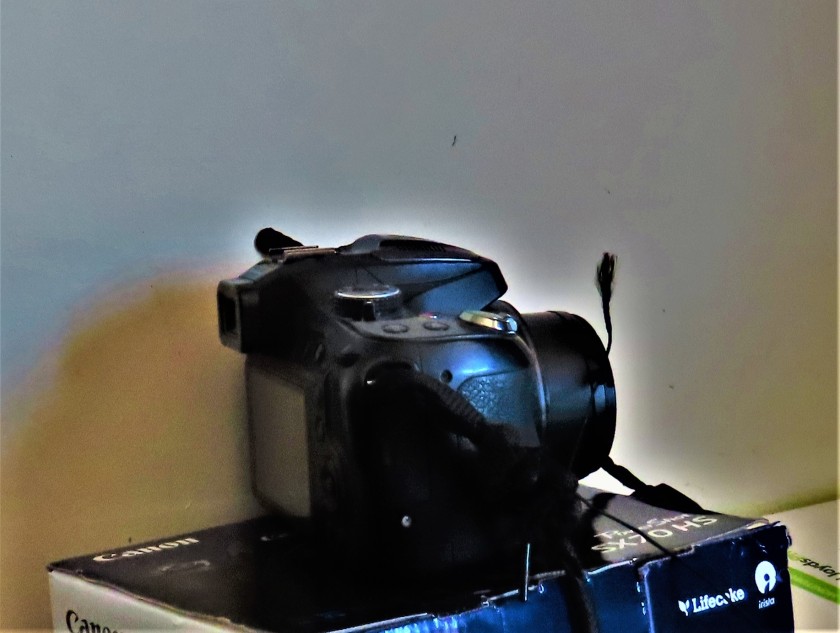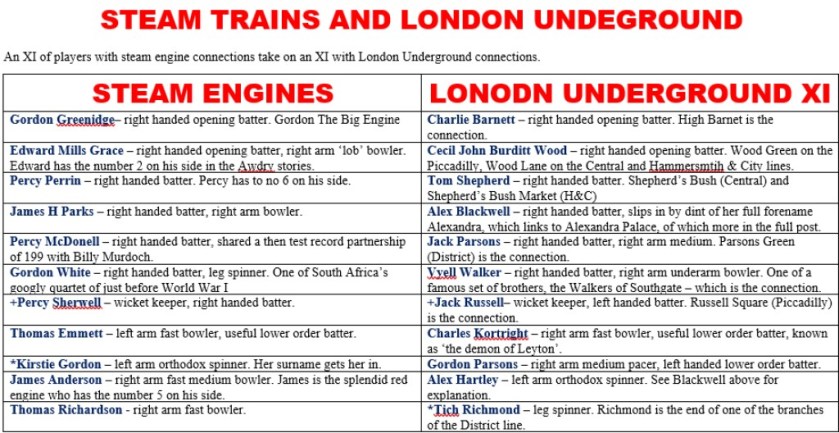INTRODUCTION
Welcome to today’s ‘all time XI‘ cricket themed post. With a ‘retrolive’ commentary on a game between England and Australia in the background it seemed appropriate to focus on cricket’s most enduring international rivalry.
THE BRIEF
Foreign born for the purposes of this exercise means born outside the country that you represented. The governing body under whose aegis the England team plays is called tne England and Wales Cricket Board, so Welsh born players are not eligible for England in this context. As always, class is not entirely overlooked – some of these players would be considered even without the extra restriction on selection.
FOREIGN BORN ENGLAND XI
- Andrew Strauss – left handed opening batter. Few have come across as more quintessentially English than the Middlesex and England opener, but he was born in South Africa.
- *Douglas Jardine – right handed batter, captain. He was born in India to Scottish parents. Although he only scored one test century, 127 vs the West Indies at Old Trafford in 1933, he averaged 48 at that level, and as captain has one the four best results ever achieved for England in Australia – Johnny Douglas was in charge for 4-1 win in 1911-12, Percy Chapman for another 4-1 in 1928-9 and Mike Brearley for the 5-1 win in the six match series of 1978-9. None of the others qualify by birth for this team, and only Douglas could be seriously considered as worth his place as a player. In that 1932-3 series he opened the batting on more than one occasion.
- Ted Dexter – right handed batter, right arm medium fast bowler. He was born in Milan, Italy. In the 1962-3 Ashes, when he was captain he contributed 481 runs at 48.10 to a drawn series which saw the Ashes stay in Aussie hands. His unwillingness to risk outright defeat in the series saw him delay his second innings declaration until lunch on the final day of the final match at Sydney, leaving Australia 241 to get in two sessions, a target that they made no serious attempt to chase since the draw was enough for them to keep the Ashes.
- Kumar Shri Ranjitsinhji – right handed batter. The first of three Indian princes to turn out for England before their country gained test status, and like the other two he made a century of debut. He also scored a century at the first time of asking down under, on the 1897-8 tour. He averaged 44.95 in his brief test career, a truly remarkable figure for his era (the legendary Victor Trumper, a slightly later contemporary, averaged 39 in his test career).
- Kumar Shri Duleepsinhji – right handed batter. Nephew of Ranji, and the second Indian prince to play for England. South African attitudes in 1929 disgracefully caused his test debut to be held back by a year, but he started with 173 on debut at Lord’s in 1930. He had health issues which shortened his career, and prevented him from going on the 1932-3 Ashes tour. His 995 test runs came at an average of 58.53.
- Ben Stokes – left handed batter, right arm fast bowler. Born in Christchurch, New Zealand. Hero of the 2019 World Cup, and later that year the ‘Headingley Heist‘, when he and Jack Leach (a courageous and defiant 1 not out) put on 76 for the final wicket to pinch a game that Australia had under lock and key. He subsequently had a fine series in South Africa.
- +Matthew Prior – wicket keeper, right handed batter. Born in South Africa. Better with both bat and gloves than Geraint Jones who has a more exotic birthplace. As with many of his era his finest international moments came on the Ashes tour of 2010-11, when outperformed his opposite number Brad Haddin with the gloves and his regular rapid scores also contributed significantly to England’s triumph.
- Gubby Allen – right arm fast bowler, useful lower order batter. He was born in Sydney, Australia. He toured Australia in 1932-3, skippered the 1936-7 side there which went 2-0 up but then lost the last three matches of the series, and his last international venture was to captain the 1947-8 tour to the West Indies, when he was 45 years old, and unsurprisingly failed to recapture past glories, and he may also have played a role in messing up Maurice Tremlett, selected for that tour after one first class season, and persuaded by his captain to seek extra pace, which cost him both his ability to swing the ball and his bowling rhythm.
- Ian Peebles – leg spinner. The first of two successive spinners to hail from the Aberdeen area. He suffered from the traditional English distrust of leg spinners, but in the 1930 Ashes he produced a googly that gave him the wicket of Don Bradman.
- Kirstie Gordon – left arm orthodox spinner. Born in Huntly, Aberdeenshire. Yes, having sneaked in yesterday by virtue of her surname, the Aberdonian youngster gets in today as Peebles’ envisaged spin twin.
- Devon Malcolm – right arm fast bowler, Born Kingston, Jamaica. His highlight was the 9-57 he took against South Africa in 1994. He was among the casualties of the disastrous period in which Ray Illingworth, firmly resident in the past and seemingly positively proud to be out of touch, was supremo of English cricket. Malcilm was chief victim of a disgusting article by Robert Henderson which targetted various non-English born England cricketers, though notably not Allan Lamb or Robin Smith. I have said elsewhere, and now repeat that if someone is good enough they could hail originally from a lunar colony for all that I would care.
This side has a strong top five, an x-factor all rounder at six, an excellent keeper batter and four well varied bowlers. Malcolm and Allen, with Stokes as third seamer and Dexter if needed in that department backed by the contrasting Aberdonian spin pair of Peebles (right arm wrist spin) and Gordon (left arm finger spin) looks a fornidable unit.
AUSTRALIA FOREIGN BORN XI
- Charles Bannerman – right handed opening batter. Born in Woolwich, Kent. In the first test match of all he became the very first cricketer to score a century against the land of his birth – 165 in an all out total of 245. He suffered a hand injury in the process, but even without him for the remaining three innings of the match the Aussies won by 45 runs.
- Archie Jackson – right handed opening batter. Born in Rutherglen, Scotland. He made his debut at the age of 19, in the second match of the 1928-9 Ashes, and scored 164 first up. Sadly tuberculosis hit, and four years later at the age of 23 he died.
- Kepler Wessels – left handed batter. Born in South Africa. The only person to have scored 1,000 or more test runs for each of two countries, after playing for Australia he returned to his native South Africa and played for them after their readmission to the test arena.
- Bransby Cooper – right handed batter. He was born in what was then Dacca, India and is now Dhaka, Bangladesh. He subsequently spent time in England, sharing an opening stand of 283 with WG Grace along the way, before heading for Australia for whom he played in the inaugural test match.
- Tom Horan – right handed batter. Born in Cork, Ireland – which means that as a participant in the first test of all back in 1877 he was the first Irish born test cricketer. He subsequently became a highly respected writer about the game, using the pen name Felix (he may not have been familiar with Nicholas Wanostrocht, who had earlier used the name Felix – the world was in many ways a much bigger place then than it is now).
- Melanie Jones – right handed batter, right arm medium pacer. Born in Barnstaple, Devon. I have selected her in preference to the Gloucestershir born Billy Midwinter, as I felt that the first test match of all was already over represented.
- +Hanson Carter – wicket keeper, right handed batter. Born in Haliffax, Yorkshire – yes, had he been prepared to abandon his test career, as the rules of the time dictated he would have been eligible by birth to play for Yorkshire, thereby beating the likes of Bevan and Lehamnn by some eighty years. He succeeded the long serving Jim Kelly as Australia’s keeper, and barring missing the 1912 tour due to a dispute with the board he kept the gloves until the emergence of Bertie Oldfield in the 1920s.
- Brendon Julian – left arm fast medium bowler, useful right handed lower order bat. Born in Hamilton, New Zealand.
- William Cooper – leg spinner. Born at Maidstone, Kent. He played two test matches in the early 1880s, and di not fare badly. The reason his career was so short was that he had an encounter with WG Grace that virtually finished him as a bowler.
- Tony Dell – left arm fast medium bowler. Born at Lymington, Hampshire. He appeared in one test in the 1970-1 Ashes, the last English born male to don the baggy green (he did so before Melanie Jones was even born). He did not fare especially well, and one suspects that his involvement in home Ashes loss counted against him when it came to subsequent selection meetings.
- Clarrie Grimmett – leg spinner. Born in Dunedin, New Zealand. He crossed the Tasman to better his cricketing fortunes, and then crossed two state boundaries in his new country before establishing himself as a first class cricketer with South Australia. He was the first bowler to reach 200 test wickets, capturing 216 in 37 appearances at that level.
This team features a respectable top six, an excellent keeper in Carter, and four bowlers one of whom is a bona fide great. Two left arm pacers and two leg spinners is not great in terms of balance, but they should be able to take the wickets.
HONOURABLE MENTIONS
I regretted not being able to find a place for the Tokyo born Natalie Sciver, but while I am not shy of arguing the vase for females not even I would attempt to make the case that she could seriously be considered for selection in place of Ben Stokes. South African born Robin Smith and Kevin Pietersen had strong cases for inclusion, but I could not put them ahead of the two Indian princes, and Dexter’s bowling gave him an edge. Irish born skipper of the 1907-8 Ashes party Freddie Fane did not have the record to merit inclusion, nor did the only clan chieftain ever to play test cricket, Francis Alexander MacKinnon, the MacKinnon of MacKinnon, 35th Chief of Clan MacKinnon. Paul Terry, born in Germany, had a rfespectable record for Hampshire but his only test experience was not a happy one. Some would have advocated a wicket keeping slot for Kiwi born Luke Ronchi, but he never played test cricket for Australia, and I reckon Carter was definitely his superior with the gloves. The first player of West Indian descent to play test cricket did so for Australia in the 1880s, but hsi record was very modest. Finally, although they had exotic (in cricketing terms) ancestry all of Albert Hartkopf, Hans Ebeling and Shelley Nitschke were born in Australia.
THE CONTEST
The contest for what I shall call the ‘Midwinter Trophy’, honouring the only person to play on both sides in Anglo-Australian tests would be worth watching, as any Ashes contest would, but I think this is one variant where the Poms definitely start as firm favourites!
PHOTOGRAPHS
The scene has been set and the teams introduced to do battle for the ‘Midwinter Trophy. It is now time for my usual sign off…



